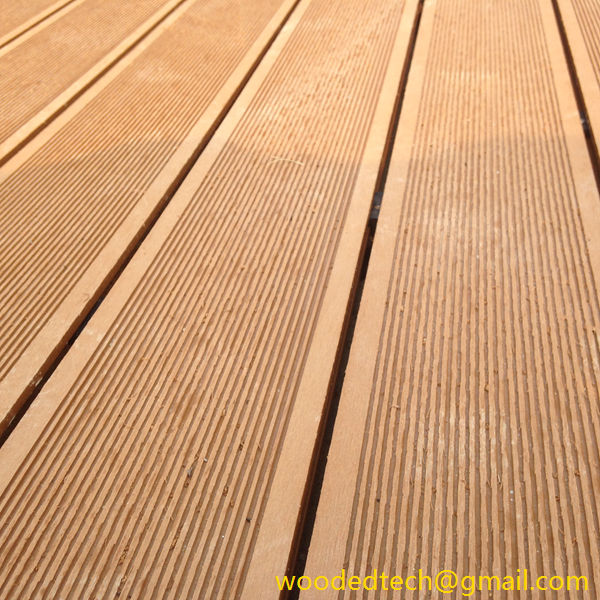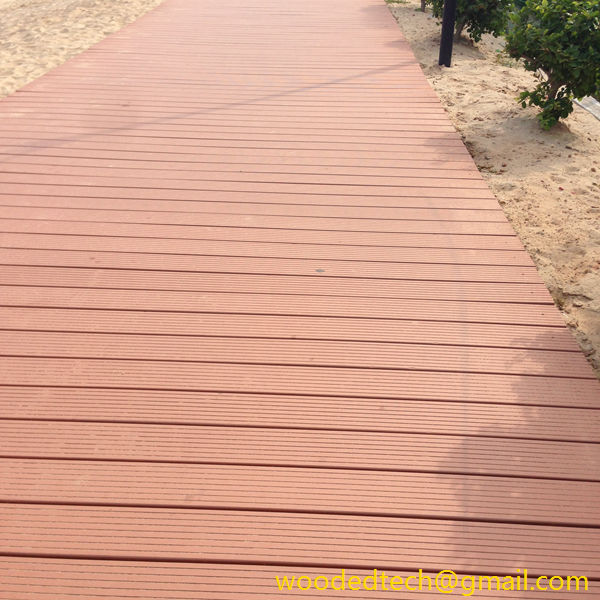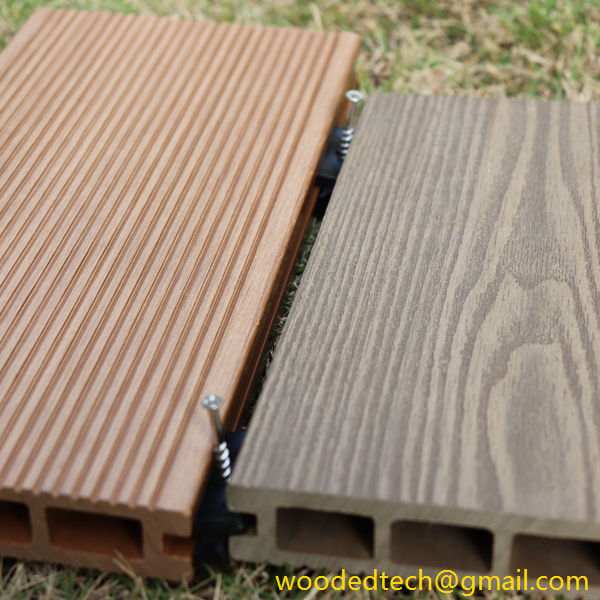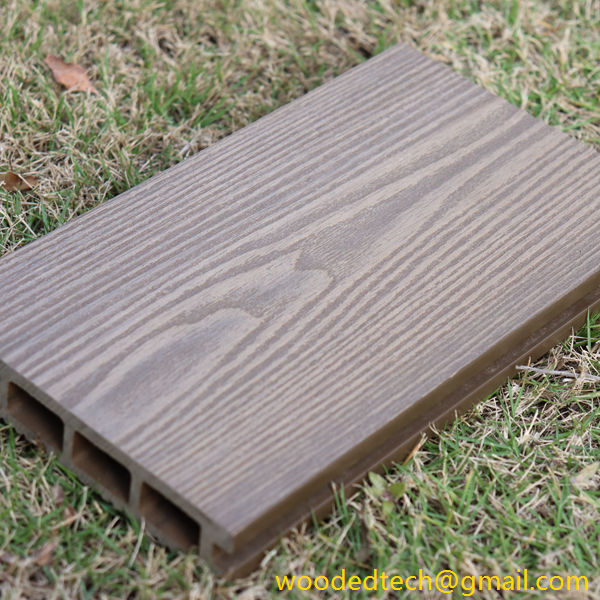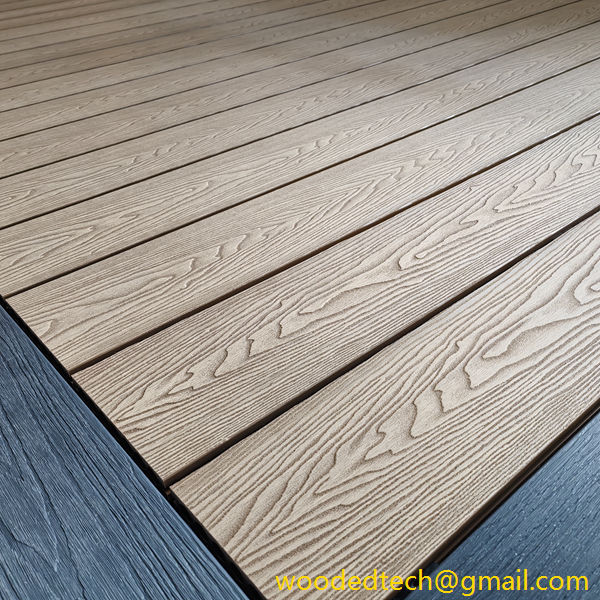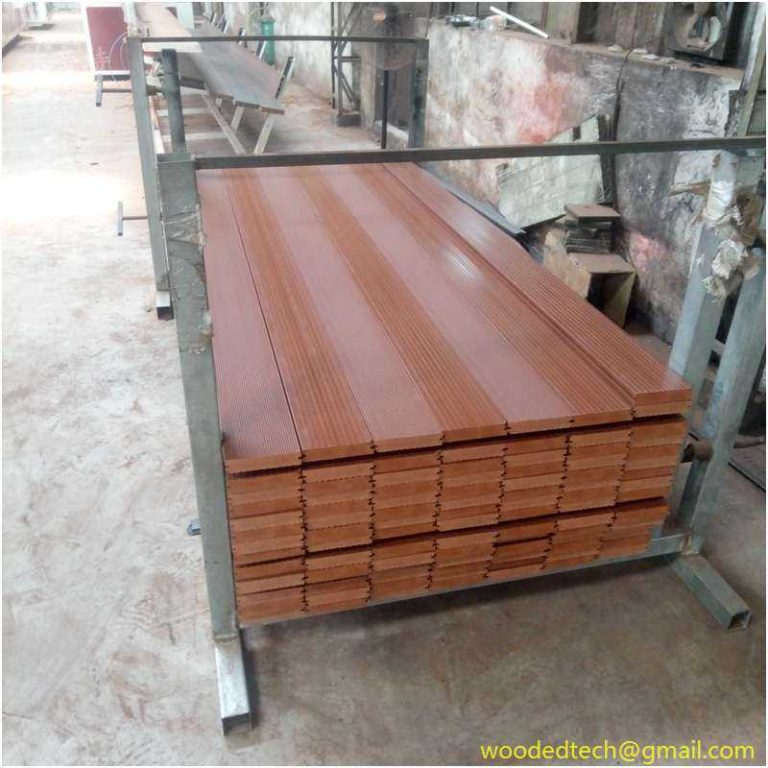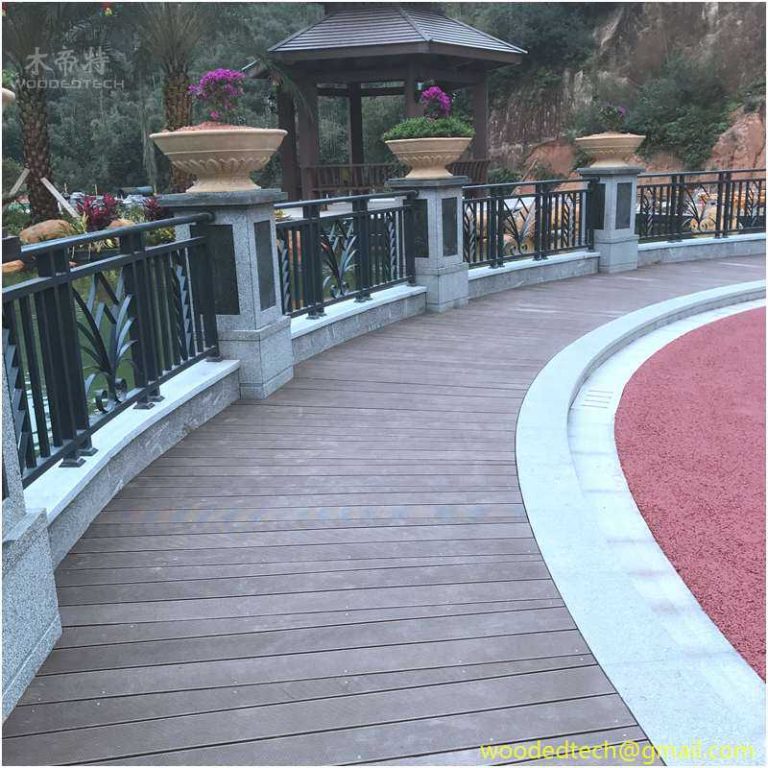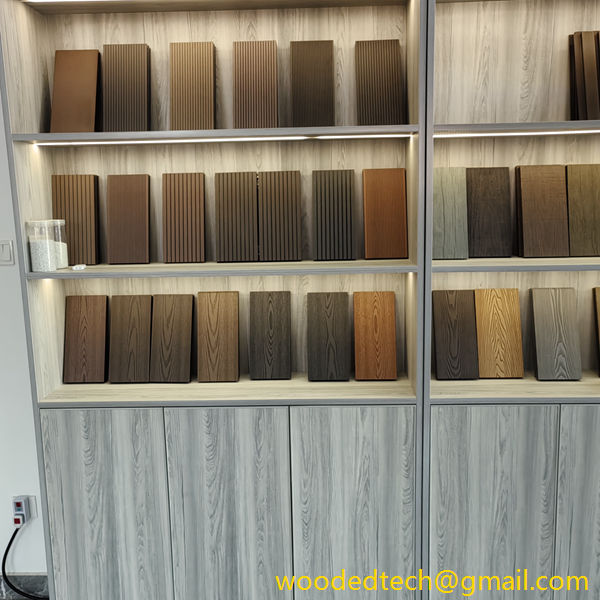Budgeting for Cost of 300 sq ft Composite Deck
Budgeting for Cost of 300 sq ft Composite Deck When considering the construction of a composite deck, one of the foremost concerns homeowners face is budgeting. A composite deck, known for its durability and low maintenance needs, can be a wise investment for enhancing outdoor living spaces. However, the cost associated with building a composite…
Budgeting for Cost of 300 sq ft Composite Deck
When considering the construction of a composite deck, one of the foremost concerns homeowners face is budgeting. A composite deck, known for its durability and low maintenance needs, can be a wise investment for enhancing outdoor living spaces. However, the cost associated with building a composite deck can vary significantly based on various factors. In this article, we will explore the budgeting process for a 300 square foot composite deck, taking into account the variety of material styles available on the market.
To begin with, it is essential to understand what composite decking is. Composite decking is made from a combination of wood fibers and plastic, which results in a material that mimics the appearance of natural wood while providing greater resistance to weather, insects, and fading. This makes composite decks an attractive option for homeowners who want the beauty of wood without the high maintenance that traditional wood decks require.
When budgeting for a composite deck, the first step is to determine the material costs. The price of composite decking can range widely based on the brand, quality, and style. On average, homeowners can expect to pay between $2 to $5 per square foot for the decking material alone. Therefore, for a 300 square foot deck, the material costs could range from $600 to $1,500. However, it is important to note that premium brands or styles may cost even more, especially those that feature unique colors, textures, or designs.
In addition to the decking boards, other materials will be necessary for the construction of the deck. These include framing materials, such as treated lumber or steel, as well as fasteners, joists, and possibly even a railing system. The cost of these additional materials can add another $1,000 to $2,000 to the total budget. So, when planning for a 300 square foot composite deck, it is essential to account for both the decking and the supporting structures.
Labor costs also play a significant role in the overall budget. If homeowners choose to hire a professional contractor to build the deck, they can expect to pay anywhere from $15 to $35 per square foot for labor. This means that for a 300 square foot deck, labor costs could range from $4,500 to $10,500. However, some homeowners may opt to take on the project themselves, which can save on labor costs. It is important to have a realistic understanding of the skills required and the time commitment involved in a DIY project.
Another important factor to consider when budgeting for a composite deck is the design and layout. A simple rectangular deck will typically cost less than a deck that includes intricate designs, multiple levels, or built-in features such as benches and planters. Homeowners should think about their vision for the space and what additional features they might like to incorporate. These design elements can significantly impact the overall cost of the project.
Furthermore, it is worth noting that some composite decking brands offer warranties that can influence the initial cost but provide long-term savings. For instance, decks that come with a 25-year warranty may have a higher upfront cost but can save homeowners from potential replacement costs down the line. Therefore, it is essential to weigh the benefits of investing in higher-quality materials against the immediate budget constraints.
While planning the budget, homeowners should also consider additional costs that can arise during the project. For instance, permits may be required depending on local regulations, which can add another layer of expense. Additionally, if the site requires excavation or leveling, this can increase costs as well. Therefore, it is wise to add a contingency fund to the budget, typically around 10 to 20 percent of the total project estimate, to account for any unexpected expenses that may arise.
Maintenance costs should also be factored into the budgeting process. One of the primary advantages of composite decking is its low maintenance requirements. Unlike traditional wood, composite decks do not need regular staining or sealing. However, homeowners should still plan for occasional cleaning and maintenance, which could include power washing or applying a protective sealant every few years. Budgeting for these maintenance costs will ensure that homeowners are prepared for the long-term upkeep of their deck.
Finally, it is crucial to shop around and compare prices from various suppliers and contractors. Different brands of composite decking may offer similar appearances but vary in price and quality. Additionally, getting multiple quotes from contractors can help homeowners find the most competitive rates for labor. By conducting thorough research and planning, homeowners can create a realistic budget that aligns with their vision for their outdoor space.
In conclusion, budgeting for a 300 square foot composite deck involves several considerations, including material costs, labor costs, design elements, and potential additional expenses. By taking the time to research and plan, homeowners can ensure that they make informed decisions that align with their financial constraints while creating a beautiful and functional outdoor space. Ultimately, a well-planned composite deck can provide years of enjoyment and enhance the value of a home.

